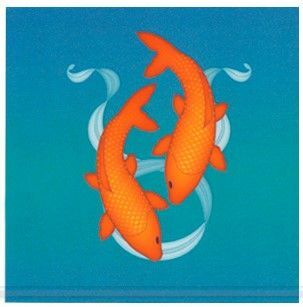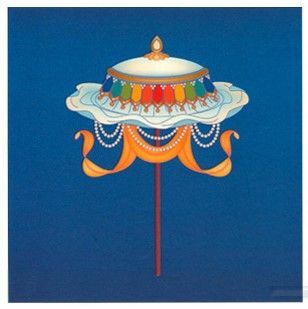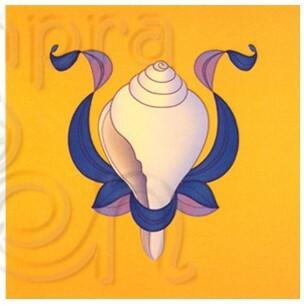Tibetan Buddhism is a strand of Buddhism, known for having a more pronounced mystical character, expressed through their meditation rituals and elaborate artistic reproduction.
Also known as vajrayana or lamaism, Tibetan Buddhism follows the thought Mahayana or Maaiana, where there is a strong relationship between students and lamas (masters). Incidentally, the use of the term Lamaism derives precisely from the word lama, which means "master" in the Tibetan language.
Tibetan Buddhism is characterized by the enhanced exercise in meditations, which are performed in great rituals, including the reading of liturgical texts (saddhanas), stimulation of mental visions and accompanied by musical instruments. Lamaism is also known for its evident artistic sense, reproduced through elaborate sculptures, paintings, among other expressions of art.
O Dalai Lama is the greatest representative of Tibetan Buddhism, which is usually divided into different schools. The main ones are: Gelug, Kagyu, Nyingma and Sakya.
Learn more about Dalai Lama.
The use of the expression Tibetan Buddhism is not recognized by Easterners, but only among Westerners. In fact, according to some authors, it would be incorrect to differentiate between Indian Buddhism and Tibetan, since there would be no distinctions between the two currents that would justify such an act.
read all about buddhism.
Tibetan Buddhism Symbols
In Buddhism there are eight auspicious symbols, which represent the gifts and offerings that the gods would have made to the Buddha.
The Eight Symbols are:
Lotus flower

One of the most important symbols for Buddhism. This flower is known for being born in swamps, but still beautiful. So, its meaning represents the idea that even in the midst of terrible mundane things, a person can keep himself pure and intact.
Learn more about Lotus flower.
wheel of dharma

It makes reference to the teachings of Buddha, responsible for starting a gear of reflections and thoughts that lead to enlightenment.
Learn more about Dharma.
Victory Banner

It represents the victory of Buddha over Mara, the lord of illusions.
Endless Knot

It represents the idea that when something is resolved (completed), something new arises. There is always something that precedes it, that is, nobody knows how or when it starts or how the end will be. This symbol also represents the infinite wisdom of the Buddha, and serves to remind you of how time is curved and cyclical.
pair of goldfish

It represents the full happiness, abundance and fertility of those who live in the so-called "ocean of samsara".
treasure vessel

Referring to the shape of the womb, where all creation sprouts. For Buddhism, this consists of a vessel of treasure and immortality.
Umbrella

It represents protection against the various sufferings that weaken people.
white shell

It represents the melodious sound of dharma that reaches far and wide and is heard by kind-hearted practitioners of Buddhism. It represents the "call" that motivates people to do good for all beings.
Learn more about Buddhism.



